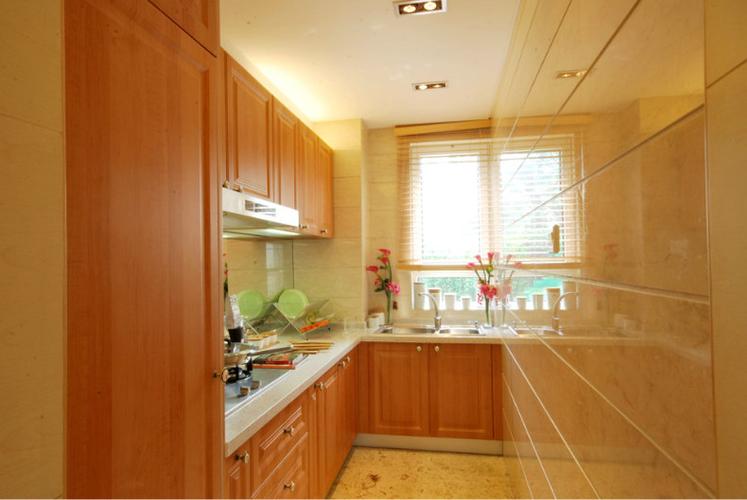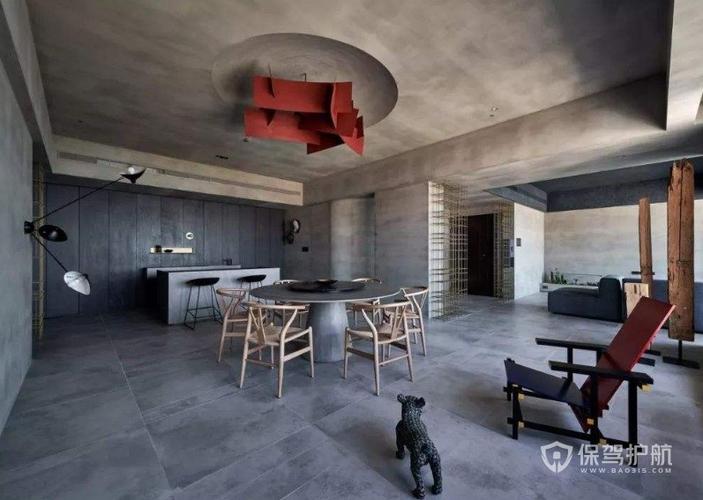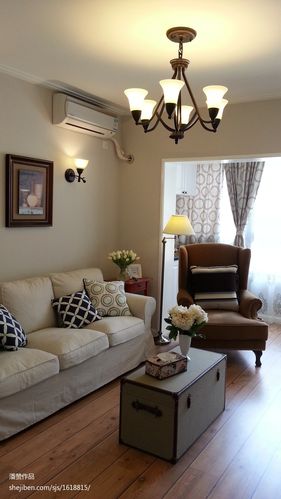
本科毕业设计
题目: 年产8万吨聚氯乙烯合成工艺设计
课 题 类 型: 设计□ 实验研究□ 论文□
学 生 姓 名:
学 号:
专 业 班 级:
学 院: 生物与化学工程学院
指 导 教 师:
提 交 时 间: 2012-6-12
2012 年6月 12日
年产8万吨聚氯乙烯合成工艺设计
摘 要
聚氯乙烯(PVC)是5大通用塑料之一,广泛用于工农业及日常生活等各个领域,尤其是近年来建筑市场对PVC产品的巨大需求,使其成为具备相当竞争力的一个塑料品种。
本文为年产八万吨聚氯乙烯合成工艺设计。
从聚氯乙烯的市场和发展现状,最新的技术进展开始,对单体氯乙烯、聚氯乙烯的合成进行详细分析并选择平衡氧氯化法和悬浮法作为本次设计单体生产工艺路线。
在确定的合成路线基础上,对生产过程中所需要的原料和相关助剂、设备以及后处理工艺进行选择。对生产过程中相关影响因素进行分析,并对整个生产过程进行物料和能量核算,生产过程中设备和选择进行准确的工艺计算。
最后对非工艺部分进行简单阐述,运用CAD对生产工艺流程、车间布置、和主要设备完成图形绘制。
关键字:氯乙烯;聚氯乙烯;合成;悬浮法;工艺流程。
An annual output of 80000 tons of polyvinyl chloride synthseis process design
Abstract
Polyvinyl chloride (PVC) is one of the five biggest common plastic which widely used in industrial, agricultural, daily life, and other fields, especially in recent years, the constructi
on market of the huge demand for PVC products make it become a quite competitive in varieties of plastic.
This is an annual output of eighty thousand tons of polyvinyl chloride synthesis process design.
From the present situation of the development and the market and polyvinyl chloride(PVC) and the latest technology progress to beginning, making a detailed analysis for the monomer vinyl chloride(VCM) and the synthesis of polyvinyl chloride(PVC) to choose the way of balance LvHuaFa oxygen and suspension method as the production process route design.
On the basis of the certain in synthetic route, to choosing the production materials and related to subject, equipment and the later handle technology in the course of processing. To analyzing production related factors and accounting the whole production process for the material and energy, and technical calculation for production equipment and choosing
The last part of is simple described for the non-process, using CAD to draw for the production process, workshop layout and the main equipment
Key word: vinyl chloride; polyvinyl chloride; synthesis; suspension method; process flow.
目 录
引 言 - 1 -
第一章 概述 - 2 -
1.1主要内容及研究意义 - 2 -
1.1.1 主要内容 - 2 -
1.1.2 研究意义 - 2 -
1.2 PVC现状和前景 - 2 -
1.2.1 国际生产现状 - 2 -
1.2.2 国内生产现状 - 3 -
1.3 聚氯乙烯的主要用途 - 4 -
1.4 PVC生产技术进展 - 5 -
1.4.1 VCM生产技术进展 - 5 -
1.4.2 VCM聚合工艺进展 - 6 -
第二章 生产聚合工艺 - 7 -
2.1 聚氯乙烯简介 - 7 -
2.2 单体合成工艺概述 - 7 -
2.3 氯乙烯的生产方法 - 8 -
2.3.1 乙炔法 - 8 -
2.3.2 联合法和烯炔法 - 8 -
2.3.3 平衡氧化法 - 9 -
2.4 聚合工艺生产方法 - 10 -
2.4.1 本体法聚合生产工艺 - 10 -
2.4.2 乳液聚合生产工艺 - 11 -
2.4.3 悬浮聚合生产工艺 - 11 -
2.5 几种聚合方法的比较 - 12 -
2.5.1 工艺流程方面 - 12 -
2.5.2 反应速率 - 12 -
2.5.3 从经济角度分析 - 12 -
2.6 悬浮聚合的优点 - 13 -
2.7最佳的配方、后处理设备的选择 - 13 -
2.7.1配方的选择 - 13 -
2.7.2后处理设备的选择 - 13 -
2.8 防粘釜技术 - 14 -
2.9原料及产品性能 - 15 -
2.10 聚合机理 - 16 -
2.10.1自由基聚合机理 - 16 -
2.10.2链反应动力学机理 - 16 -
2.10.3 成粒机理与颗粒形态 - 17 -
2.11影响聚合及产品质量的因素 - 17 -
2.12工艺流程叙述 - 18 -
2.13 厂址的选择 - 20 -
2.14车间布置 - 20 -
第三章 工艺计算 - 22 -
3.1物料衡算 - 22 -
3.1.1聚合釜 - 22 -
3.1.2混料槽 - 23 -
3.1.3汽提塔 - 24 -
3.1.4离心机 - 26 -
3.1.5沸腾床 - 27 -
3.1.6包装 - 28 -
3.2热量衡算 - 28 -
3.2.1聚合釜 - 28 -
3.3 主要设备的计算及选型 - 32 -
更多推荐
生产,进行,工艺,聚合,设备,选择,过程,合成
















发布评论